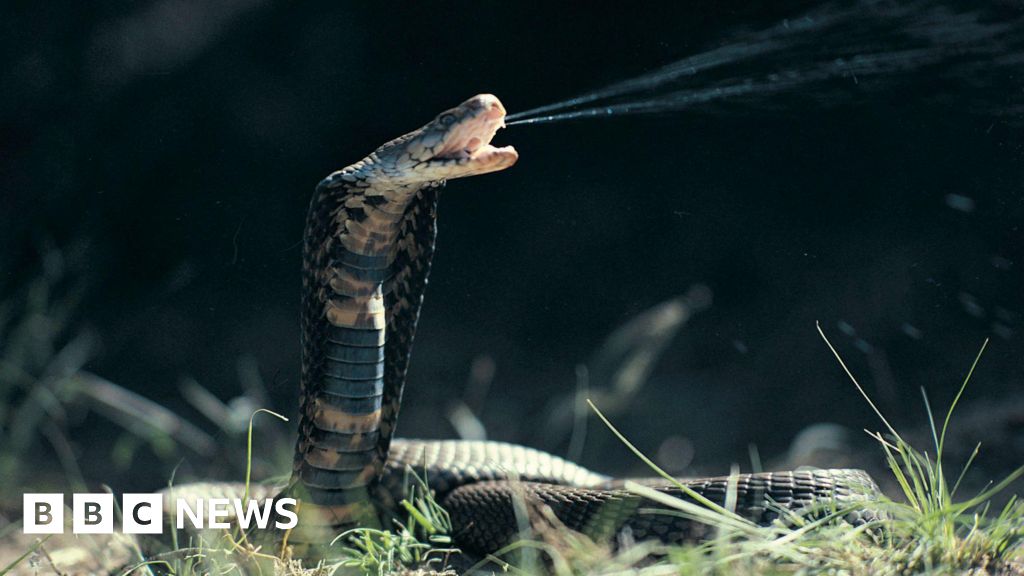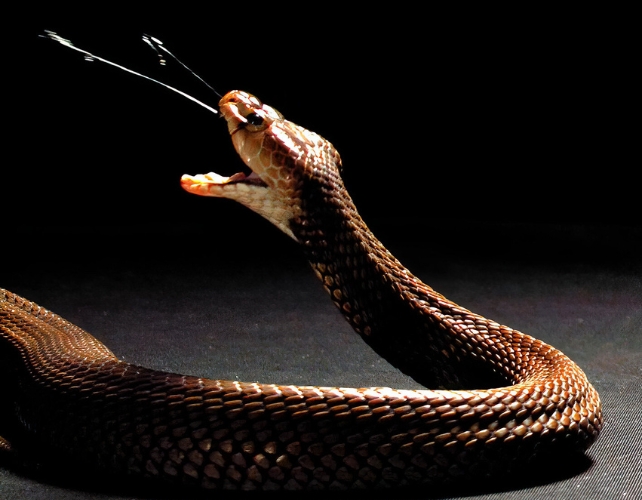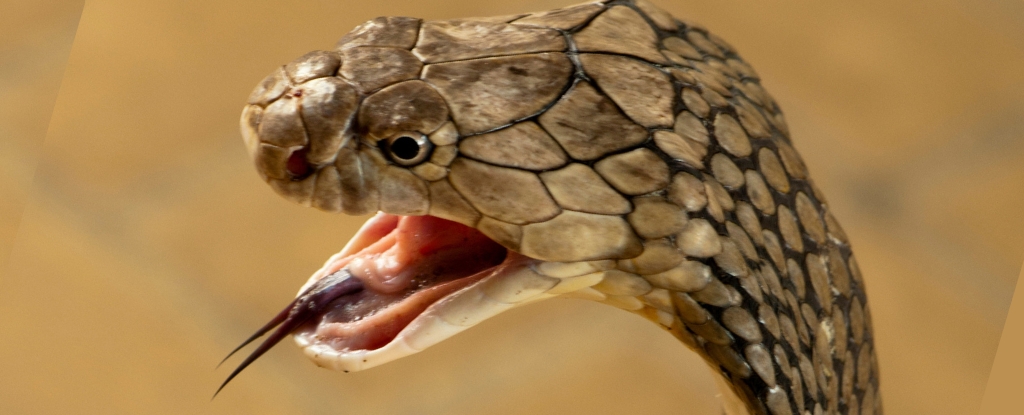
Approximately 1.8 million people worldwide are bitten by snakes each year, resulting in up to 138,000 deaths and another 400,000 cases of permanent scarring and disability. Many cobra species possess tissue-damaging venoms that current antivenoms cannot effectively treat. However, a recent discovery made by researchers from the University of Sydney, Liverpool School of Tropical Medicine, and Instituto Clodomiro Picado may offer a solution: heparinoids.
Heparinoids are a class of drugs commonly used as blood thinners. Through CRISPR gene editing technology, scientists identified that these compounds can protect human cells from the necrosis-causing toxins in cobra venom. Injecting a smaller synthetic version of heparin called tinzaparin into mice with artificial snakebites reduced tissue damage.
The next step is to test the effects of heparin in humans. If successful, this could lead to the creation of a snakebite treatment device containing heparin-like drugs, which could be distributed quickly and affordably to those at risk in low- and middle-income countries where snakebites are most prevalent.
Snake venoms target various systems in the body. While some primarily affect the heart, others cause tissue damage through cytotoxic three-finger toxins. Until now, no drugs were known to work against these toxins. Heparin inhibits them by acting as a decoy and attracting cobra toxins, preventing them from damaging human tissue.
The discovery of heparinoids as an effective antidote for cobra venom is significant because current antivenoms are largely ineffective against severe local envenoming, which can lead to lifelong disability or amputation. This new approach could save countless lives and improve the quality of life for those affected by snakebites.




